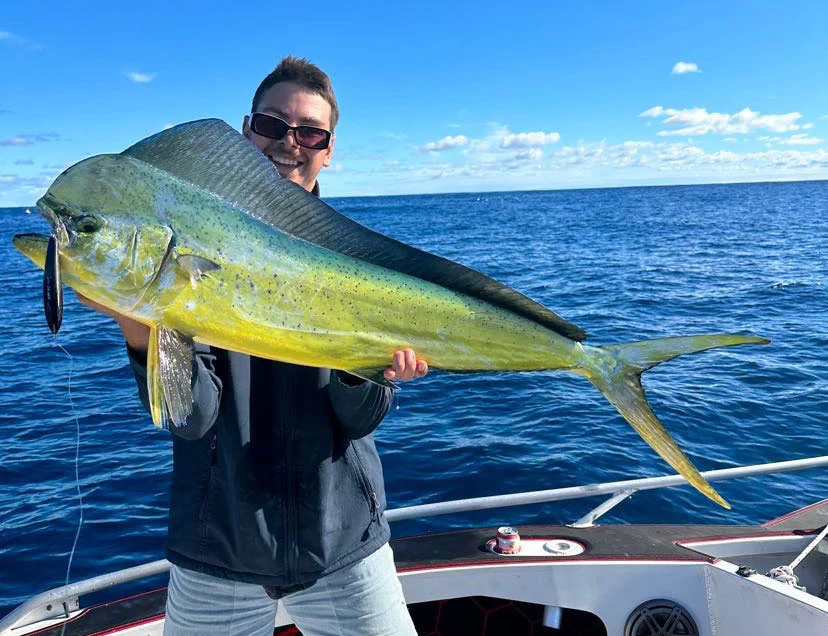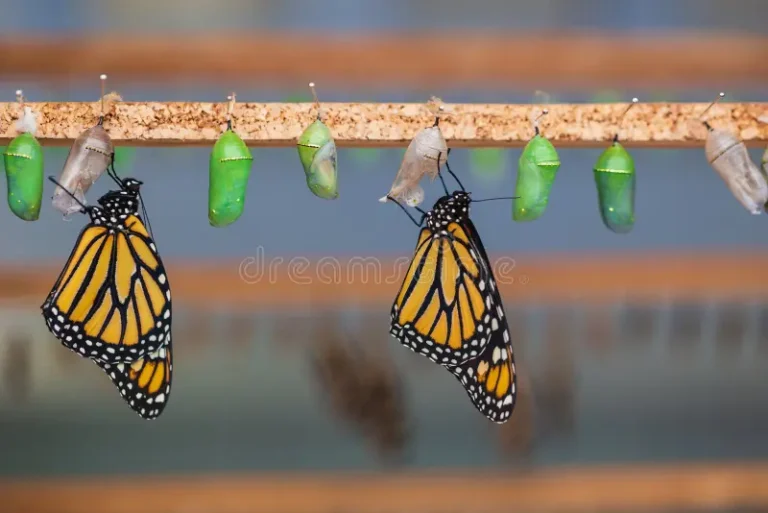Fishing in Scandinavia: A Guide to the Serene Art of Fiskning
Fishing, or “fiskning” in Scandinavian languages, is more than just a pastime in the Nordic countries; it’s an integral part of cultural heritage and a beloved activity that draws both locals and tourists alike to the stunning waters of Scandinavia. From the deep, icy waters of Norway to the tranquil lakes of Sweden and the rugged coastlines of Denmark, fishing in Scandinavia offers a unique experience for every angler. This article explores the rich fishing tradition, offering insights into the best spots, techniques, and ecological fishing considerations in this pristine part of the world.
The Tradition of Fiskning
It has been vital to Scandinavian culture for centuries, evolving from a necessity to a recreational activity that boosts tourism. Each country in Scandinavia has unique It practices and celebrated It spots, but they all share a deep respect for nature and a commitment to sustainable It practices. The tradition of “fiskning” is passed down through generations, often seen as a way to connect with nature and enjoy the outdoors.
Prime Fishing Locations in Scandinavia
Norway is famous for its deep-sea and freshwater fjord It. The Lofoten Islands, situated within the Arctic Circle, are renowned for their rich stocks of cod, while the rivers in the Norwegian mainland teem with salmon and trout, making it a premier destination for fly fishing. Sweden offers a diverse fishing experience with thousands of lakes and an extensive coastline. Lake Vänern and Lake Vättern, two of the largest lakes in Europe, are famous for catching zander, pike, and perch. The Baltic Sea coast is also a hotspot for sea It, where anglers can catch herring and cod. Denmark’s coastal waters are ideal for sea trout fishing, especially on the islands of Funen and Zealand. The Danish coastline is easily accessible and offers year-round fishing opportunities, with the cold winter months being perfect for sea trout.
Fishing Techniques and Local Fish Species
Each Scandinavian country has preferred It techniques adapted to local conditions and species. Common techniques include: Spin It Widely used in both freshwater and sea It. It’s effective for catching species like pike and perch in Sweden and sea trout in Denmark. This is especially popular in Norway and Sweden, where the clear, fast-flowing rivers are suitable for catching salmon and trout. A favourite winter activity in all Scandinavian countries, particularly in northern Sweden and Norway. Local fish species vary by country but typically include salmon, trout, pike, perch, and cod. Each species requires specific techniques and baits to catch them effectively.
Ecological Considerations and Sustainable Practices
Sustainability is a cornerstone of Scandinavian It practices. With growing concerns about over It and environmental changes, Scandinavian countries have implemented strict regulations to ensure fishing activities do not harm the ecosystems. Catch and release practices are encouraged, and in many areas, there are limits on the number and size of fish that can be caught.
Planning Your Fishing Trip to Scandinavia
When planning a It trip to Scandinavia, it’s essential to consider several factors: Season The best times to fish vary depending on the location and species. For example, salmon It is typically best in summer, while ice It is a winter activity. Regulations: Be sure to familiarize yourself with local It regulations. A fishing license is required in most places, and there may be specific rules about bait and tackle. Equipment: While you can bring your gear, many It spots offer rental equipment. Local tackle shops can also provide valuable insights into the area’s most effective baits and techniques.
Conclusion
Fishing in Scandinavia is an enriching experience that combines the catch’s thrill with the natural environment’s beauty. Whether you’re a seasoned angler or a novice, the Nordic countries offer some of the best fishing in the world. By respecting local traditions and regulations, you can ensure that this age-old practice continues for future generations. So grab your gear, respect the pristine Scandinavian waters, and immerse yourself in the timeless fishing tradition.







